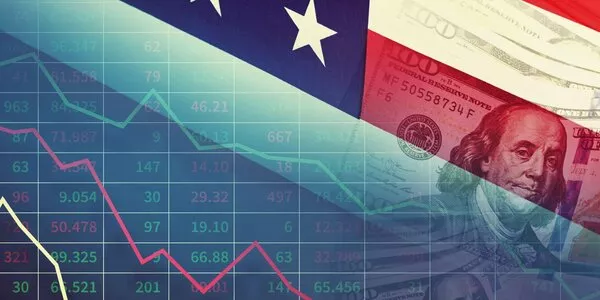
Weekly Update - 3. 2. 1. Stop...!
Recent economic data have highlighted that the recent wave of COVID-19 infections across much of the South and West of the country has begun to impinge on activity. The University of Michigan’s consumer confidence index barely budged in August and remains well below February’s levels. Regional business surveys by the Federal Reserve in New York and Philadelphia declined sharply in August. And initial weekly applications for unemployment benefits have bounced back over 1.1 million claims, cancelling last week’s improvement. Moreover, the 28.3 million Americans who were receiving some sort of unemployment benefits at end-July have been hard hit in August – the extra $600 per week in benefits from the Federal Pandemic Unemployment Compensation scheme expired at the end of last month, leaving only State benefits which means a decline of over 60% in their incomes on average.
Against this backdrop, President Trump issued a flurry of executive orders on August 8. These include extra unemployment benefits of $400 per week for most claimants, 75% financed by tapping $44 bn from the Disaster Relief Fund, the remainder to be met by each State. However, the monthly cost of these benefits could amount to $40 bn, meaning it is unlikely that these payments will last more than a month. In addition, Trump ordered that employee payroll taxes be deferred until end-2020 for low earners (employer-side payroll taxes had already been deferred) to boost incomes for workers. However, these taxes will become due in 2021, meaning that workers and employers are likely to set the amounts aside so as to be able to meet next year’s tax bills. Given that the President’s initiatives are unlikely to provide lasting support for US households – if, indeed, they are actually implemented – much will ride on the ability of Congress to reach a compromise on the recovery bill. So far, the signs have not been encouraging.
When the House and Senate finally went into recess last week, both sides were adamant that it was now up to the other to make concessions. Moreover, little progress is likely during the two weeks of party conventions to formally appoint Biden and Trump as their candidates to contest the November 3 presidential election. This means that any breakthroughs in negotiations will have to wait until early September at best, perhaps after the Labor Day holiday on Monday September 7. And this would leave only a little more than three weeks until the end of the fiscal year on September 30 – if new spending legislation is not passed by then, the US might face a government shutdown in the run-up to the election.
Bottom line. In our view, the US economy is exhibiting signs that a new stimulus package would be welcome. Moreover, both Democrats and Republicans agree that one is necessary – they only differ on its size and focus. In addition, neither side would relish being accused of forcing a shutdown as American voters head towards the polling booths. Thus, we expect a compromise deal to be struck by late-September. In the interim, markets could remain nervous and we would expect the uncertainty to continue to put downward pressure on the US dollar.




